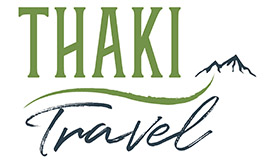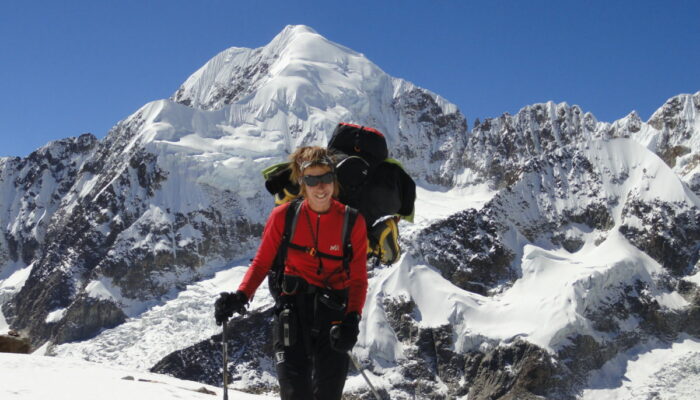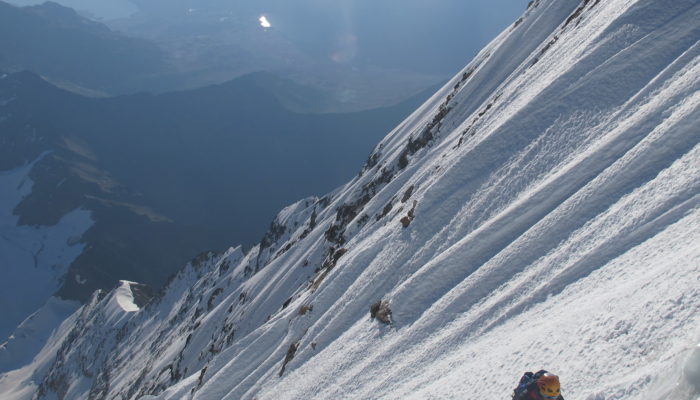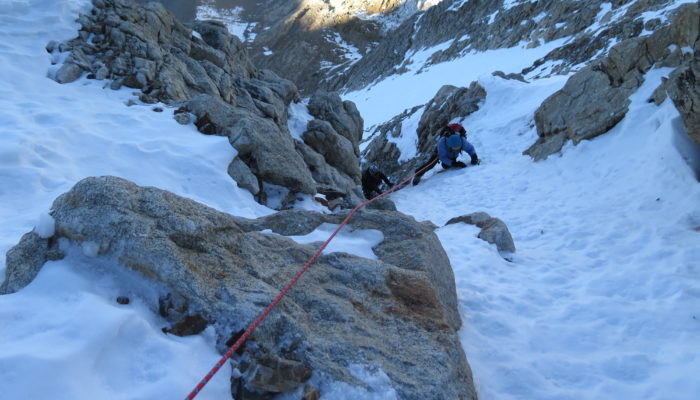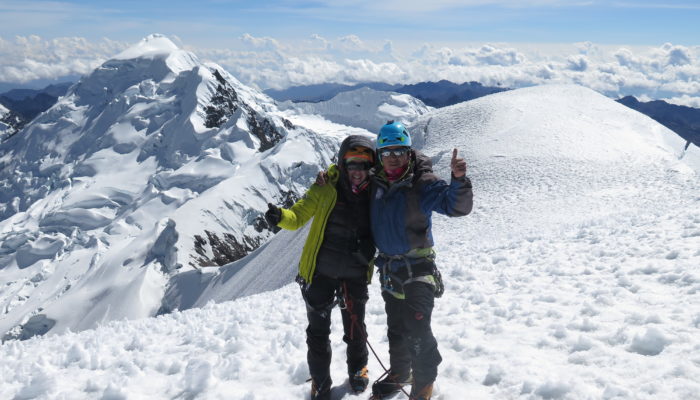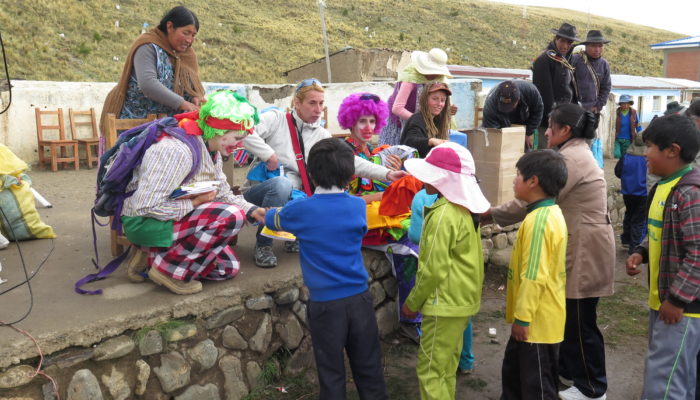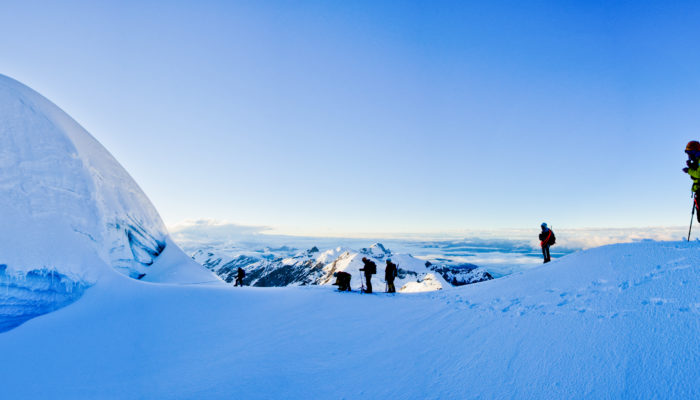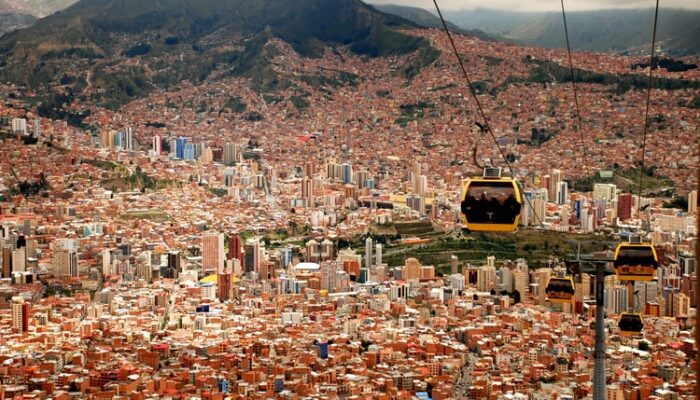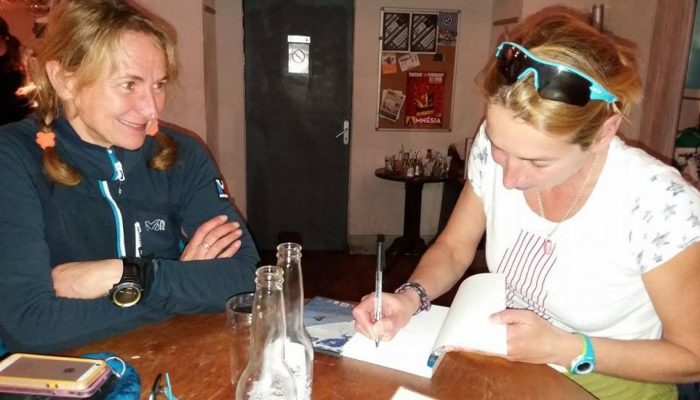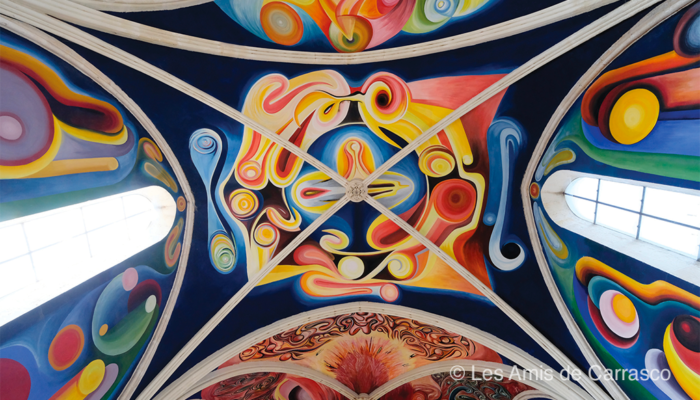1. Hello Anne, would you please introduce yourself and tell us about your career?
My name is Anne Bialek and I’ve been living in Bolivia for 13 years. I’ve become an Andinist.
When I was young, I dreamed of being an adventurer and I became an engineer. After 10 years of loyal service in the car industry, I was bored stiff. My life had a bitter taste and I felt slowed down. I looked at the mountain people with admiration and envy, and that’s when I discovered Bolivia. I climbed my first “6000” and almost my first glacier race.
That “first 6000” was an unforgettable experience. I was under enormous pressure. I barely knew how to cramp and had no experience of very high altitude. A French mountain guide had warned me: “you mustn’t think that you’re going to succeed with your 6000 on your first trip, it’s harder than you think”. The climb was both nerve-wracking and exhilarating. I was very well acclimatised after 15 days of trekking, I had the body and I was very motivated. I had also mentalised the difficulty. It was really hard, I admit, you can’t imagine what the body can feel at these altitudes, this constant desire to give up and go down, this nausea and headaches at the start….you have to clench your fists…and the arrival at the summit is unforgettable, a deliverance, an intense joy….after I reassure you, you get used to this suffering!
I fell in love with the mountains of Bolivia, but also with the good humour and joie de vivre of its inhabitants.
In Bolivia, there’s a slogan: “Everything is possible, but nothing is certain”. What I liked was the “Anything is possible”. Everything seemed possible at the time….. leave everything in France.
I started working as a trekking guide, then as a sales assistant in a travel agency and then I decided to open my own agency, Thaki Voyage, with my friend Jérôme, whom I met in Bolivia.
2. How did you become an Andinista?
I learned all about the high mountains from Bolivian guides. I was 40 at the time. Little by little, I climbed the easy normal routes, the “6000s”, then I tried my hand at the more technical routes, and I said to the guys “why don’t we go and climb some unknown summits”. We started opening routes. I started to be accepted and recognised in the guide community.
After climbing the West Face of Huayna Potosi and doing the Traversée Intégrale de l’Illimani, I had won their trust and admiration. For the last 9 years, we’ve been exploring regularly and have opened up some beautiful routes in Bolivia.
I’ve proved myself and am now recognised as a specialist Andeanist by mountain guides and the mountain community.
3. How did you get involved in the mountain world?
I’m very involved in the mountain world, both through my personal projects and through the involvement of Thaki Voyage (of which I’m co-founder) in responsible, solidarity-based projects.
With the royalties from my book “Cordillera Royale: Trek and mountaineering in Bolivia”, we made a donation and were able to organise environmental awareness days for the children of the Cordillera Royale.
Generally speaking, with the mountain guides, I explore as often as possible to open up new routes and discover little-known mountain ranges. And it’s Thaki that finances the mountain exploration expeditions.
4. Tell us about some of your achievements:
In the mountains, I tend to be bulimic… but I’ve got some catching up to do! On Aconcagua, I climbed straight up in 5 days and without any porters. In the Cordillera Apolobamba, we climbed every possible peak along the way; in the Volcanoes region of Argentina, we climbed the second and third highest peaks in South America, the Ojos del Salado and the Pissis; In Ecuador, I climbed Cotopaxi, Cayambe, Illiniza Sur and Chimborazo; in 2015, we opened a new route on the South Face of Illimani, and in 2016 it was the year of the massifs crossings in Bolivia. We set out to cross the Illampu massif and in the process we crossed the Illimani (for the 2nd time for me) and the Cola del Condor. So far, I’ve only climbed to the gates of the 7000. But I’ve still got lots of projects in mind….
